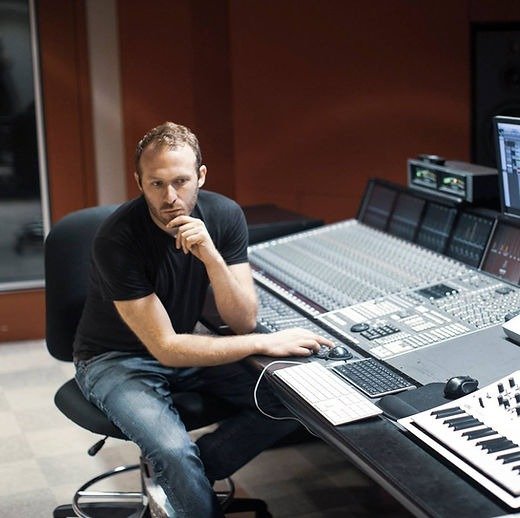Ian Vargo On the Making Of “Light Up The Room”
Can you walk us through your songwriting process?
“Light Up The Room” came about during a week when I was participating in a “song a day” challenge with some writer/producer friends. Essentially, you force yourself to come up with a completed song each day for one week. Even if what you write isn’t great, it’s healthy to exercise your creative muscle.
It just so happened to be the same week as a mass shooting happened in Chicago on the 4th of July. I felt disgusted, yet not at all surprised. How uniquely American. I wanted to write a song with a cheerful, almost inspirational tone musically, but with devastating lyrics from the perspective of a murderer.
Can you talk about the recording and production process for “Light Up The Room?”
I recorded a voice memo of myself singing and playing "Light Up The Room" on an upright piano in my living room. When it came time to create the studio version, I wanted to retain the raw energy of the demo while expanding the arrangement to include elements like drums, bass, electric guitar, and more. John O'Reilly Jr., a fantastic session drummer, tracked the drums in his home studio, and my great friend, talented producer Jason Cummings, laid down the bass.
I love working with collaborators because the song often takes on a new life when additional musicians come in. All the other parts were recorded in my home studio, where I also mixed and mastered the song. I’d love to hear how someone else might approach the mix, but since I love mixing and am a bit of a control freak, I did it myself.
What impact do you hope this song will have on your audience?
When you write a song about something as devastating as the gun violence epidemic in America, it can be easy to come across as preachy—especially when written from the perspective of the killer. My hope is that people listen to "Light Up The Room" and don’t feel that it’s preachy. If anything, I hope listeners who feel hopeless about gun violence feel seen and heard. This is not normal, yet we’ve been forced to live with it in our parks, movie theaters, and schools as if it were.
Groups like Students Demand Action and Moms Demand Action are doing great work to inspire change, and you can join them.
I should mention that I played the song for a friend without explaining the context, and he loved it for its upbeat feel. When I told him the meaning, he was disturbed. So if someone hears the song and simply enjoys the cheerful music and melody, that’s perfectly valid too.
Can you share a bit about your musical background and the journey that led you to where you are today?
I’ve been playing piano since I was a child and guitar since high school. I was always the band member interested in the production aspect of music and studied that in college. In my twenties, I moved to Los Angeles and started as an assistant in studios where music was recorded and mixed. I learned a ton from mentors and just by being present during the record-making process. Seeing how projects come together for major labels like Capitol, Atlantic, and Hollywood Records is eye opening and incredibly educational.
Now, I primarily mix and master records for other artists from my home studio. It’s great because it feels like I get to be in a band for a few days or weeks, living inside their songs and helping make them the best they can be. Then the project ends, and I get to join a new "band" without dealing with the hardest parts of actually being in one.
I also teach music production and engineering. When I’m not busy with those things, I love producing and releasing my own music.
Can you discuss some of your favorite production techniques or tools that you frequently use to achieve a specific sound or texture?
For "Light Up The Room", I wanted a very dry sound, almost like a 1970s record. I made deliberate recording and mixing choices, staying away from excessive reverb and using processing like tape saturation and compression to give the record a vintage feel. It helps that Jason and John delivered parts that were perfect for the vibe I wanted.
I have to give a shout-out to the guitar solo, which features harmonized guitars—aka guitarmonies. I wanted them to sound like Brian May of Queen, so I dialed in a tone on one of my favorite guitars, a Reverend, that paid homage to Sir Brian. I further processed it in Pro Tools using SoundToys Decapitator for added saturation.
I could go on forever about my favorite microphones, plugins, and mixing techniques. But to me, the hardest and most important part of finishing a record is stepping outside the technical details and letting the song become the best version of itself.
